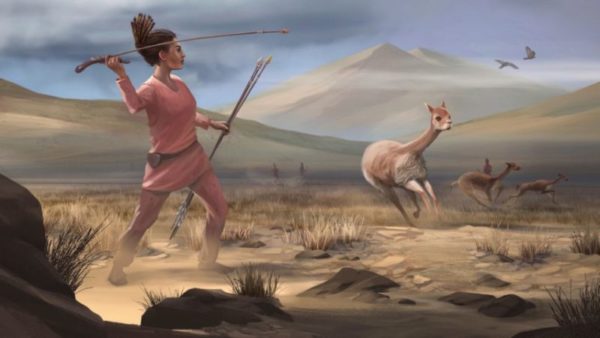Silently moving in the wilderness of the Andes mountains, ancient hunter-gatherers stalked a herd of vicuña. The hunters threw stone projectile points with ease, hitting some of the beasts and leading the rest to scatter. The vicuñas, wild ancestors of alpacas, fell and the skilled hunters — both females and males — went to examine their wins.
This somewhat hypothetical account is in stark contrast to the accepted history of such hunter-gatherers: ancient men hunted big game, while women gathered herbs and plants. But a recently discovered 9,000-year-old burial of a female hunter, and analyses of other hunter burials, suggests that early hunter-gatherer women in the ancient Americas hunted big game just as much as men did, according to a study published on Nov. 4 in the journal Science Advances.
“These findings sort of underscore the idea that the gender roles that we take for granted in society today — or that many take for granted — may not be as natural as some may have thought,” said lead author Randy Haas, an assistant professor of anthropology at the University of California, Davis.



